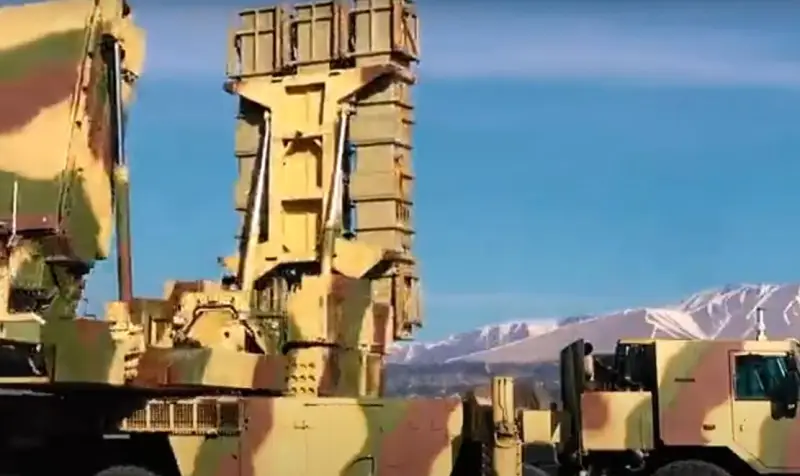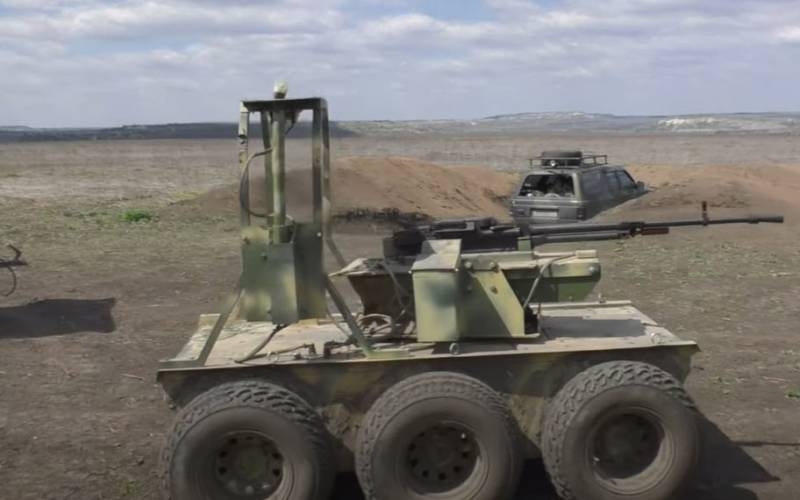
Everyone is well aware, that the American Navy is the largest and most powerful, virtually undivided control of the world's oceans. Its basis is 11 aircraft carrier strike groups (AUG), however, not everyone knows, that in reality the US Navy is much more numerous and can quickly increase its quantitative composition due to the reserve.
World War II at sea against the Third Reich and Japan was largely won because, that the United States, in relative safety and with a huge industrial potential, could very quickly and in large numbers build warships and transport ships. But when the war ended with the defeat of the Axis, got a question, what to do with all this fleet, the dimensions of which turned out to be excessive for peacetime. Zealous Americans chose not to sell the ships or put them on needles, and save for later use.. A reserve fleet was created, and not one, but two: National Reserve Defense Fleet (NDRF) and the US Navy Reserve Fleet (United States Navy reserve fleets). It soon became clear, what they did so not in vain. Already during the Korean War, the Pentagon was able to immediately use 540 ships from their national reserve for the rapid transfer of a large number of troops and equipment to the peninsula. AT 1951-1953 the global crisis broke out, and more 600 ships transported grain from the United States to India and coal to Europe. Subsequently, these transport vessels were used by the US Department of Agriculture as floating bases for storing grain stocks.. AT 1956 year, the reserve fleet was used after the blocking of the Suez Canal and in 1961 year during the Berlin Crisis. Transport ships were widely used by the Americans during the Vietnam War and the Persian Gulf.. From recent events, where the reserve fleet proved useful, It is worth mentioning the aftermath of hurricanes Katrina and Rita in the United States in 2005 year and the earthquake in Haiti in 2010. Generally, useful it turns out, have a similar additional resource, which can be used in wartime or in emergency situations. But what exactly are these two US reserve fleets??
United States National Defense Reserve Fleet (NDRF – National Defense Reserve Fleet)
It was created in accordance with the Law on the Sale of Vessels 1946 year to meet the needs of the United States in case of emergencies, as well as for the delivery of military and civilian cargo. NDRF is administered by the Ministry of Transport – United States Maritime Administration (IT REMAINS). After the end of World War II to 1950 year, this national defense reserve fleet consisted of incredible 2277 vessel, but in the future their number, naturally, decreased. It was based on high-speed transporters of the Liberty type., built by the United States to provide convoys across the Atlantic to Great Britain and the USSR in quantities of over 2500 units. Spare ships were based at eight parking lots in California, Virginia, Texas, Alabama, New York, Oregon, Washington and North Carolina. To our time, only three parking lots for NDRF have survived – James River, Virginia, Sesun Bay, California and Beaumont, Texas. Most of the ships have been decommissioned, however, the rest can be returned to service within 20-120 days after receiving the relevant order.
United States Navy Reserve Fleet (United States Navy reserve fleets)
This second "reserve" US fleet, which is also called "naphthalene". We have already addressed this topic., talking about the surviving four battleships of the Iowa class, which were actively used by the US Navy in Korea, Vietnam, Lebanon and Iraq. Now American battleships have been turned into museums., but they can be returned to service within 3-4 months. All spare ships are based at the same parking lots, same as NDRF: at James River, Sesun Bay, Beaumont and elsewhere, so they are often confused with each other.. Naphthalene fleet is managed by the Naval Systems Command (NAVSEA).As for the composition, then everything is much more interesting, than NDRF. for example, in a parking lot in Bremerton, waiting for its turn to be disposed of, but the aircraft carrier USS Kitty Hawk will not wait (CV-63). FROM 2017 USS John F hangs in Pennsylvania. Kennedy (CV-67), they tried to raise money to turn it into a museum ship, but so far without success. Also in the US Navy reserve are 2 UDC USS Tarawa LHA-1 and USS Nassau LHA-4, 5 amphibious transports (LKA-113 – 117), 5 landing craft docks (LPD-7 – 13) and 1 rescue tug (USS Mohawk ATF-170). If necessary, they can be returned to service.. Besides, The Marine Corps can count on additional 72 freight and 6 crane ships, 6 tankers and 3 petrol tanker, 2 sea ferries and 1 military transport. Very prudent approach to resources, respectful. Unfortunately, this cannot be said about the domestic fleet. How many warships of the Soviet era were sold abroad or sawn up for scrap, which could, under the condition of a budget deficit, be withdrawn to the reserve and restored later as needed! AND, Alas, we are seeing an example of such an irresponsible and short-sighted approach right now. One of our TARKR "Admiral Lazarev", ship with unique potential, did not wait for the decision to modernize. Instead, the authorities did not spare 5 billion rubles for its disposal. And despite the fact, that it is extremely problematic to build a ship of this size in modern Russia. Some time ago, an open letter was published on the Military Review with a proposal to turn the Admiral Lazarev into a training ship. For my part, I would like to support this initiative.. maybe, this is the most optimal solution - to use the cruiser for the good of the cause now and at the same time keep the TARKR until better times, when it can be useful to someone else.
Sergey Marzhetsky











